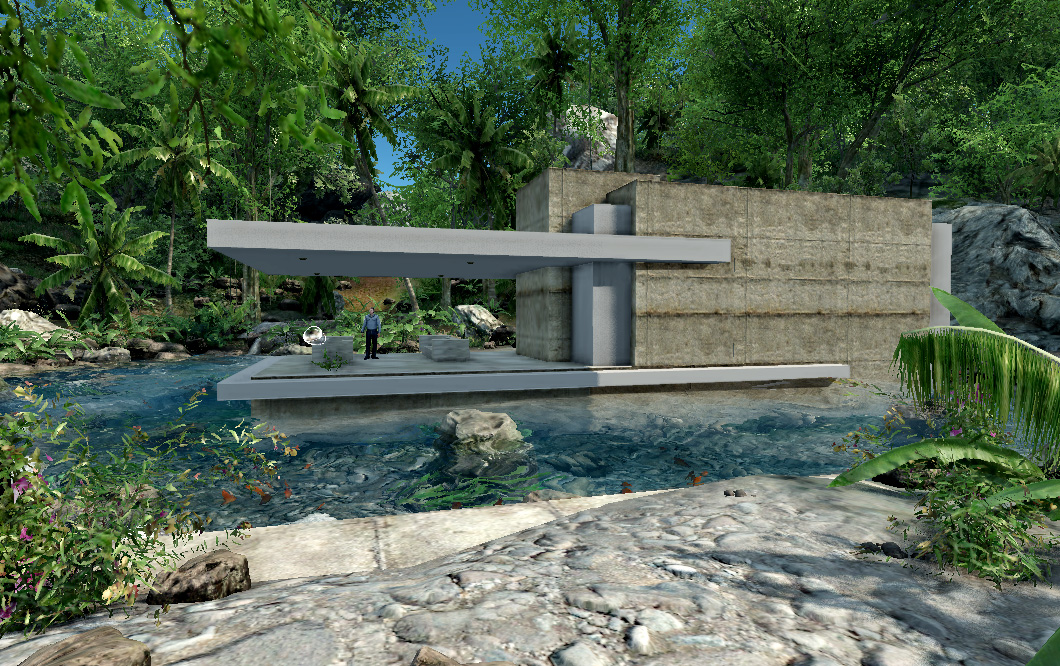Homes are functional machines, although most people don’t consider this factor when designing a new home, or only as a side note. Lets, for a moment, discuss the functional aspects of what humans have to deal with when functioning in a home solely from their point of view, and assume there is a fitting design to solve their daily and weekly tasks in order to save humans the maximum amount of time, thus providing extended opportunities to enjoy life. This is a ‘house as machine’ examination!
GOOD MORNING
Okay, so we wake up to start the day…
There could be an order to what we do, but lets just jump to the actual tasks and list them in no particular order:
- Prepare and Eat Breakfast
- Take a Shower
- Shave, brush teeth and do other bathroom duties, that’s right I said ‘duty’. This can include brushing hair, putting on lotion/powder.
- Get clothing and get dressed
- Associated activities include putting back the tooth brush/paste, soap, shampoo, towel, pajamas, turning on/off lights/vents, warming up water, cleaning shower/tub, cleaning bathroom floor and fixtures, cleaning mirror, and preparing clean clothing for use.
With early morning duties, all which consume our precious daily allotted time, results in the fact that most people would like to see these activities done as efficiently as possible, so that there is time to get on with the day and enjoy life. And it’s expected that after this morning transition from our deepest restful sleep that we will be alert and look awake, as appearances do affect the effort we put into this routine, and ‘put together’ perfectly (as in, put together in a way that represents what our state of mind is, and what human activity we are about to embark on). This transitional period in our life makes being a human a challenge, and did I mention coffee, a run or something to get our blood flowing?
Then imagine this: we wake up and push a ‘morning prepare button’. The water is preheated, our tools for bathroom activities are arranged on the sink, the lights/vents prepare themselves for our arrival. Further, as we enter the bathroom there is a place where we put our pajamas that ushers them to the laundry, the shower starts and we step in. Upon completion there’s a warm towel reaching out to us for our use. Our cloths are arranged in a way for easy access for quick dressing after the shower. During the entire exchange breakfast, based on a menu we prepared is, well, preparing itself in the kitchen and has delivered itself in the time we take to finish our bathroom duties and get dress. Meal, ready for consumption, invites us to sit down, with the news on the tube or perhaps some background music, heck whatever our ideal morning desires.
Admittedly this sounds like a fiction, but there are things we can do in our design of home to incorporate the functionality of every day living, as we already do. Certainly keeping towels near the shower, or providing a laundry chute, and perhaps locating a walk-in closet between the bathroom and bedroom. Certainly we could provide means for individuals to arrange their ‘bathroom tools’ easily on the countertop, and make it easy to put them away, and set programming on lights, coffee pots and other items to help smooth over the somewhat complicated process of making one presentable.
Besides this morning routine, or for that matter the routine we take to make our way to bed, there are other functional elements that could and should be incorporated into every home. Often ignored and forgotten, they can help take the edge off our time absorbing duties allowing us to be more efficient and thus save time, but more importantly help us leverage our day into something more productive. I mean can you imagine if 10 minutes was saved on every adult’s day in America, it would amount to 2.5 days found per person per year, and a whopping 250 million extra days for the country’s productivity, health and better community living (assuming 100M adults).
When overwhelmed by too many things, one can loose time to be with family, take a walk to the park, to enjoy a quality life, all which contribute to being healthy. By shaving down ‘duties-time’, by designing the functional home-machines, we can improve our own lives. For those who can’t afford to live in efficiently designed functional dwellings, life is a little harder every day of every year. This affects the time parents can spend with children, or take care of themselves and feel happy about their life.
The current standards for home design are weak. We accept inefficient layouts that have real life consequences. In a city like New York there can be as many as 75% or 6 million people accepting layouts that were conceived in the 1940’s or 50’s. It is time we establish a minimum standard and evolves into a new prototype for apartments and homes of all sizes, so that we can get more life, of the good quality type, out of our relatively short life spans.

